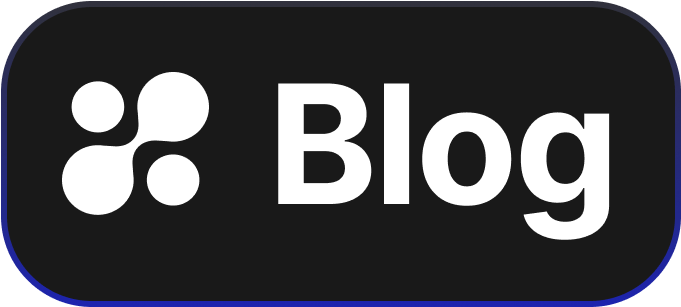Understanding Privilege Escalation in RBAC and How to Prevent It
Privilege escalation is a big concern for technology managers, especially when dealing with Role-Based Access Control (RBAC) systems. RBAC helps determine what each person can do in a system, but if not properly managed, it can lead to privilege escalation, where someone gains more access than they're supposed to have.
What is Privilege Escalation in RBAC?
In a technology environment, RBAC is used to restrict access to resources based on the roles of individual users within an organization. Privilege escalation occurs when a user gains unauthorized access to resources by leveraging vulnerabilities in the system.
Why is it Important to Address?
Security Risks: Without proper checks in place, attackers can exploit vulnerabilities in RBAC to gain unauthorized access to sensitive information.
Operational Impact: Increased access can lead to inappropriate actions, causing disruptions and potential loss of data integrity.
Compliance Issues: Failing to secure RBAC systems can lead to non-compliance with industry regulations, resulting in fines and penalties.
Common Causes of Privilege Escalation
Misconfigured Roles
When roles in an RBAC system are not properly defined, users may inadvertently gain access to more resources than necessary. This happens when permissions are too broad or not regularly reviewed.
Insufficient Logging and Monitoring
Without proper logging and monitoring, unusual activities can go unnoticed. This lack of visibility can prevent quick detection and response to privilege escalation attempts.
Lack of Regular Audits
Regular audits of roles and access permissions ensure that users have only the necessary access for their job functions.
How to Prevent Privilege Escalation
Clearly Define Roles and Permissions
Assign roles with the principle of least privilege, meaning users only get the access they absolutely need to perform their jobs. This minimizes the risk of privilege escalation.
Implement Monitoring Systems
Use monitoring tools to track user activities and set up alerts for suspicious behaviors. This ensures that any attempt at privilege escalation is quickly identified and addressed.
Conduct Regular Audits
Perform audits frequently to reevaluate and adjust user roles based on job requirements and changes in the organization. This helps to align access levels with business needs.
Use Automated Tools
Automate the management of roles and permissions using sophisticated tools like those available at hoop.dev. These tools can streamline role assignment and provide immediate insights into access patterns, greatly reducing the chance of privilege escalation.
Conclusion
Privilege escalation in RBAC systems poses serious risks to security, operations, and compliance. As technology managers, it's crucial to understand the root causes and implement strategies to prevent unauthorized access. Tools like those provided by hoop.dev can help automate privilege management and protect your organization's sensitive data. Visit hoop.dev today to see how you can secure your RBAC system in just minutes.
